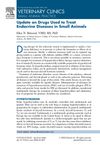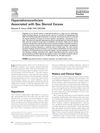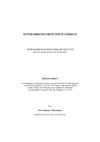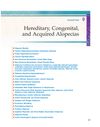Trilostane Treatment of 78 Dogs With Pituitary-Dependent Hyperadrenocorticism
June 2002
in “
Veterinary record/The veterinary record
”
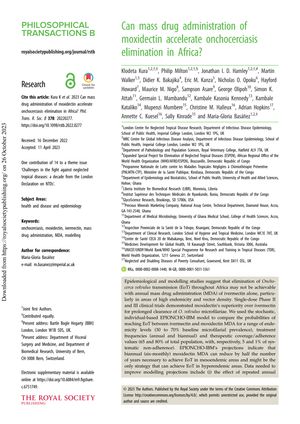
TLDR Trilostane effectively improved symptoms in dogs with a certain adrenal gland disorder.
The study evaluated the effectiveness of trilostane in treating 78 dogs with pituitary-dependent hyperadrenocorticism (PDH) over a period of up to three years. The treatment was generally well tolerated, with only two dogs developing hypoadrenocorticism. Significant improvements were observed, with 70% of the dogs experiencing resolution of polyuria and polydipsia, and 62% showing resolution of skin changes. There was a significant decrease in both basal and post-ACTH cortisol concentrations after an average of 12.3 days of treatment. Within one month, 81% of the dogs had a post-ACTH cortisol concentration below 250 nmol/litre, and an additional 15% achieved this at a later time. The median survival time for the 26 dogs that died was 549 days, while 51 dogs were still alive at the end of the study, with one dog lost to follow-up after 241 days of treatment.
